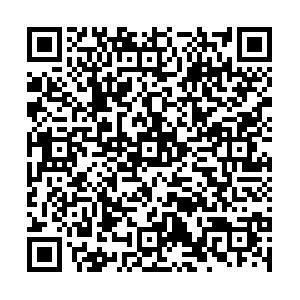摘要:
以杭州典型城市森林和城市湿地为研究对象,并选择城市中心区为对照,于2016年6~8月,按照数据采集频率为10min的间隔对气温、相对湿度、风速等3项指标进行24h动态监测,以此来分析城市森林和湿地小气候效应及对人体舒适度的影响。结果表明:城市森林和城市湿地具有明显的降温增湿作用,在气温最高的7月降温效益最明显,降温幅度分别达到1.2~3.3℃和1.0~4.1℃,白天城市森林的降温幅度更高,夜间城市湿地的降温幅度更高;在相对湿度最低的8月增湿效益最明显,增湿幅度分别达到5.8%~20.4%和12.6%~27.0%,城市湿地的增湿幅度高于城市森林;6月份城市森林、城市湿地和对照区的综合舒适度指数均较小(S<6.95),适合出行。7和8月份城市森林和城市湿地的综合舒适度指数均小于对照区,全天感觉不舒适或极不舒适的时段整体均比市中心对照缩短5h,人们在早上11:00之前和傍晚18:00以后到公园开展游憩活动体感会更加舒适。研究的结果可作为城市森林和湿地生态服务功能评价的一部分,并可为市民休闲出行和城市绿地规划提供理论依据。
Abstract:
The typical urban forests, urban wetlands and one control site in urban central area in Hangzhou were chosen for long-term monitoring for the effects of microclimate on the human comfort. The data of air temperature, relative humidity and wind speed were collected for 24 h continuously with 10 min acquisition frequency. The results showed that urban forests and urban wetlands had obvious temperature-decreasing and humidity-increasing functions. The temperature-decreasing function was most obvious in July which month had the highest temperature. Compared with urban central area, the urban forests and urban wetlands could decrease temperature by 1.2~3.3℃ and 1.0~4.1℃, respectively. The scale of decreasing in temperature of urban forests was higher than that of urban wetlands in daytime, but it had an adverse effect at night. The humidity-increasing function was most obvious in August which month had the lowest relative humidity, compared with urban central area, the urban forests and urban wetlands could increase the humidity from 5.8%~20.4% and 12.6%~27.0%, respectively. The scale of increasing in humidity of urban wetlands was higher than that of urban forests all day. In June, the comprehensive comfort index of urban forests, urban wetlands and control area was less than 6.95 which was suitable for travel. In July and August, the comprehensive comfort indexes of urban forest and urban wetlands are better than the control places, the uncomfortable time is shorten by 5 h. Thus, people will feel comfortable in Park before 11:00 am or after 18:00. The research findings could be part of ecological assessment of typical urban forest and urban wetlands. Additionally, it also can provide a theoretical support for traveling and urban planning in green lands.


 点击查看大图
点击查看大图


 下载:
下载:
